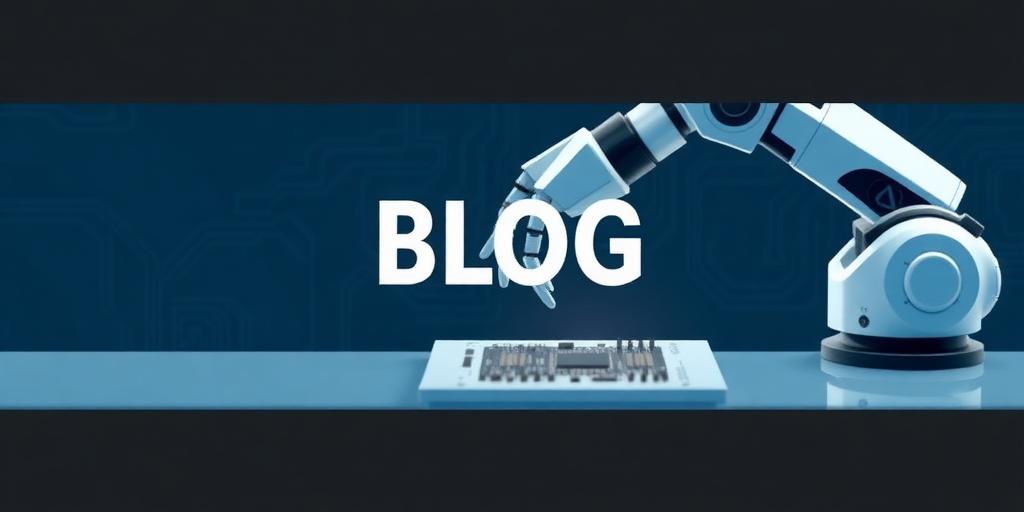The Science of Robotics and Automation: An Overview
Robotics and automation are transforming industries, reshaping how we live and work. This post provides an overview of the core scientific principles behind these technologies.
What is Robotics?
Robotics involves the design, construction, operation, and application of robots. Robots are programmable machines capable of carrying out a series of actions autonomously or semi-autonomously. The field integrates several disciplines, including mechanical engineering, electrical engineering, computer science, and mathematics.
Key Components of a Robot
- Sensors: Robots use sensors to perceive their environment. These can include cameras, lidar, tactile sensors, and more.
- Actuators: These are the parts that allow a robot to move and interact with the physical world, such as motors and pistons.
- Control System: This is the "brain" of the robot, typically a computer that processes sensor data and controls the actuators.
- Power Source: Robots need a power source, which can range from batteries to fuel cells or even external power supplies.
What is Automation?
Automation is the use of technology to perform tasks with minimal human assistance. While robotics is a subset of automation, automation encompasses a broader range of technologies, including software systems, control algorithms, and other forms of IT.
Types of Automation
- Fixed Automation: This is used for high-volume production and involves specialized equipment to perform a single task.
- Programmable Automation: This type can be reprogrammed to produce different products, offering more flexibility than fixed automation.
- Flexible Automation: This is the most versatile type, allowing for quick changeovers between different products or tasks.
Scientific Principles Behind Robotics and Automation
- Kinematics and Dynamics: These are fundamental to understanding robot motion. Kinematics deals with the geometry of motion, while dynamics focuses on the forces and torques involved.
- Control Theory: This provides the mathematical framework for designing control systems that ensure robots perform their tasks accurately and reliably.
- Artificial Intelligence (AI): AI techniques, such as machine learning and computer vision, enable robots to perceive, reason, and learn from their environment.
- Sensing and Perception: Advanced sensor technologies and algorithms are crucial for robots to understand their surroundings and make informed decisions.
Applications of Robotics and Automation
- Manufacturing: Robots are used for assembly, welding, painting, and other tasks.
- Healthcare: Robots assist in surgery, dispense medication, and provide patient care.
- Logistics: Automated systems manage warehouses, sort packages, and deliver goods.
- Agriculture: Robots perform tasks such as planting, harvesting, and crop monitoring.
The Future of Robotics and Automation
The fields of robotics and automation are constantly evolving, driven by advances in AI, sensor technology, and materials science. Future trends include:
- Collaborative Robots (Cobots): Designed to work alongside humans.
- Autonomous Mobile Robots (AMRs): Robots that can navigate complex environments without human guidance.
- AI-Powered Robots: Robots with enhanced perception, decision-making, and learning capabilities.
Conclusion
Robotics and automation are interdisciplinary fields with broad applications across various industries. By understanding the scientific principles behind these technologies, we can appreciate their transformative potential and prepare for the future of work.









